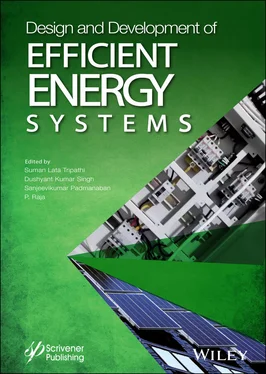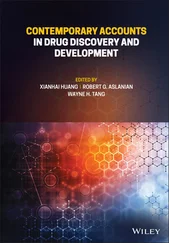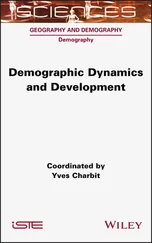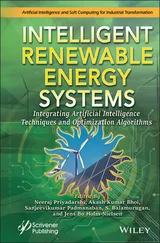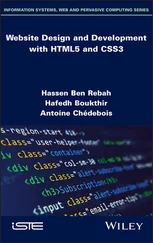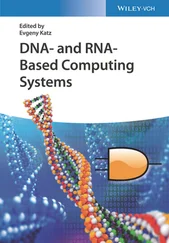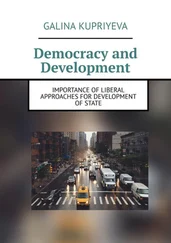12. Ajay Kumar, Neha Gupta, Rishu Chaujar. TCAD RF performance investigation of Transparent Gate Recessed Channel MOSFET, Microelectronics Journal, 49, 36-42 , 2016.
13. Ying Wang, Yan Tang, Ling-ling Sun, Fei Cao. High performance of junctionless MOSFET with asymmetric gate, Superlattices and Microstructures , 97, 8-14, 2016.
14. Vimal Kumar Mishra, R. K. Chauhan. Efficient Layout Design of Junctionless Transistor Based 6-T SRAM Cell Using SOI Technology, ECS Journal of Solid State Science and Technology, 7(9)2018.
15. G.K. Saramekala Abirmoya Santra, Sarvesh Dubey, Satyabrata Jit, Pramod Kumar Tiwari. An analytical threshold voltage model for a short-channel dual-metal-gate (DMG) recessed-source/drain (Re-S/D) SOI MOSFET, Superlattices and Microstructures, 60, 580-595 , 2013.
16. Arobinda Pal, Angsuman Sarkar, Analytical study of Dual Material Surrounding Gate MOSFET to suppress short-channel effects (SCEs), Engineering Science and Technology, 17 (4), December 2014, pp. 205-212, 2014.
17. Chunshan, P.C.H. Chan. Investigation of the Source/Drain Asymmetric Effects Due to Gate Misalignment in Planar Double-Gate MOSFETs, IEEE Transactions on Electron Devices , 52(1), 85-90, 2005.
18. Jae Young Song, Woo Young Choi, Ju Hee Park, Jong Duk Lee, Byung-Gook Park. Design Optimization of Gate-All-Around (GAA) MOSFETs, IEEE Transaction on Nanotechnology, 5(3), 186-191, 2006.
19. Sheng Chang, Gaofeng Wang, Qijun Huang, Hao Wang. Analytic Model for Undoped Symmetric Double-Gate MOSFETs With Small Gate-Oxide-Thickness Asymmetry, IEEE Transactions on Electron Devices, 56(10), 2297-230, 2009 .
20. Shubham Tayal, Ashutosh Nandi. Performance analysis of junctionless DG-MOSFET-based 6T-SRAM with gate-stack configuration, Micro & Nano Letters, IET Journal, 13(6), 838-84, 2018.
21. Bavir, M., Abbasi, A. & Orouji, A.A. A Simulation Study of Junctionless Double-Gate Metal-Oxide-Semiconductor Field-Effect Transistor with Symmetrical Side Gates. Silicon (2019). https://doi.org/10.1007/s12633-019-00258-7
22. Zeinab Ramezani, Ali A. Orouji. A Novel Double Gate MOSFET by Symmetrical Insulator Packets with Improved Short Channel Effects, International Journal of Electronics, 105(3), 361-374, 2018.
23. Tripathi S. L., Patel R., Agrawal V. K. Low Leakage Pocket Junction-less DGTFET with Bio-Sensing Cavity Region. Turkish Journal of Electrical Engineering and Computer Sciences 27(4), 2466-2474, 2019.
24. Mendiratta N., Tripathi S. L., Padmanaban S. and Hossain E. Design and Analysis of Heavily Doped n+ Pocket Asymmetrical Junction-Less Double Gate MOSFET for Biomedical Applications. Appl. Sci. 10, 2499, 2020.
* Corresponding author : tri.suman78@gmail.com
2
VLSI Implementation of Vedic Multiplier
Abhishek Kumar
School of Electronics and Electrical Engineering, Lovely Professional University, Phagwara, India
Abstract
Vedic arithmetic is an old Indian science, discovered from ancient Indian sculptures (Vedas). High-speed more multiple is the primary block in processor architecture. Vedic mathematics developed from a special method of calculations of 16 sutras. This chapter presents VLSI architecture implementation of an 8-bit multiplier with compressors, which shows significant improvement over conventional add shift multiplier. Vedic mathematics developed from 16 principles known as sutras. The technique of Vedic more multiple is Urdhva-Triyakbhyam (Vertically and Crosswise) sutra. This sutra was customarily used in the ancient history of Indian culture to multiply two decimal numbers with minimum time. The hardware architecture of Vedic multiplier is similar to array multiplier. In the performance of digital signal processors which frequently perform multiplication, much depends on the calculation speed of the multiplier block. The existing method of multiplication shift-add, booth multiplication requires hardware resources, which leads to high power consumption. The present method of Vedic multiplication based on the compressor block is focused on the reduction of interconnect wire. The multiplier is implemented using Verilog HDL with cadence NC SIM and the constrain areas, power and delay optimize using underlying block.
Keywords: Vedic multiplier, urdhva-tiryakbhyam, adder, compressor, Hdl, power
High-speed power and low-power multiplication are the fundamental blocks for high-speed processor architecture. It is hard to realize both high-speed and low-power architecture (VLSI tradeoff). There is various multiplier architecture available in the literature. Basically, the multiplier is complete by repeated addition; a full adder is a basic unit of the multiplier, cell area increases proportionally with the number of input increases. Switching power increases with interconnection among the cells. The present work of the Vedic multiplier is focused on reducing the cell count by utilizing a compressor block into the design. The compressor is a combination of multiple adder block. It accepts multiple inputs to perform addition and map the result into a lower number of the output signal.
Vedic arithmetic is derived from Vedas (books of shrewdness) [1]. It is a chunk of Sthapatya-Veda (book on structural building and design), which is an Upaveda (supplement) of Atharva Veda. It incorporated the hypothesis of standard numerical terms having a place in number belonging, geometry (plane, co-ordinate), trigonometry, quadratic conditions, factorization, and even math. His Holiness Jagadguru Shankaracharya Bharati Krishna Teerthaji Maharaja (1884-1960) consolidated his work and introduced it as a scientific clarification. Swamiji consolidated 16 sutras (formulae) and 16 Upa sutras (sub-formulae) from Atharva Veda as shown in Table 2.1. Vedic mathematics consists of the special technique of computations based on natural principles. Mathematical problems in trigonometric, algebra, and geometry can be solved simply. The Vedic method contains 16 sutras, describing natural ways of computing. The beauty of Vedic mathematics is that it simplifies complex calculations. The Vedic method shows effective methods of implementation of multiplication with higher bits for the science and engineering field.
Table 2.1 Sutra in Vedic mathematics [2–5].
| Sutras |
Properties |
| Anurupye Shunyamanyat |
One is in proportion, other is zero |
| ChalanaKalanabyham |
Closeness and distinction |
| EkadhikinaPurven |
By one more than the past one |
| kanyunenaPurvena |
By one is greater than previous one |
| Gunakasamuchyah |
Elements of the whole are equivalent to the quantity of components |
| Gunitasamuchyah |
The product of sum (POS) is equivalent to sum of product (SOP) |
| NikhilamNavatashcaramamDashatah |
All from 9 and previous from 10 |
| ParaavartyaYojayet |
Interchange and modify |
| Puranapuranabyham |
Completion of the non-completion |
| Sankalana |
Addition and subtraction |
| ShesanyankenaCharamena |
Remainders |
| ShunyamSaamyasamuccaye |
Sum is zero |
| Sopaantyadvayamantyam |
Twice and ultimate |
| Urdhva-tiryakbhyam |
Vertical - crosswise |
| Vyashtisamanstih |
Part – entire |
| Yaavadunam |
Extent of deficiency |
Vedic mathematics is one of ancient Indian mathematics computes mathematical operations and is actively based on formulas for fast computations “Urdhva-Tiryakbhyam”. Sutra is more generic and appropriate for multiplication. The meaning of Urdhva-Tiryakbhyam is “vertically and crosswise”. The significant advantage of the Urdhva-Tiryakbhyam multiplication method is that it requires at most logical “AND” operations, arrangements of half adder (HA) and full adder (FA) to accomplish multiplication [6, 7]. Partial products require in multiplication generated in Parallel, minimizes computation time. In Figure 2.1, darkened circles present the bits of “multiplier and multiplicand”; arrows present bits to multiplied compute each bits of product.
Читать дальше
